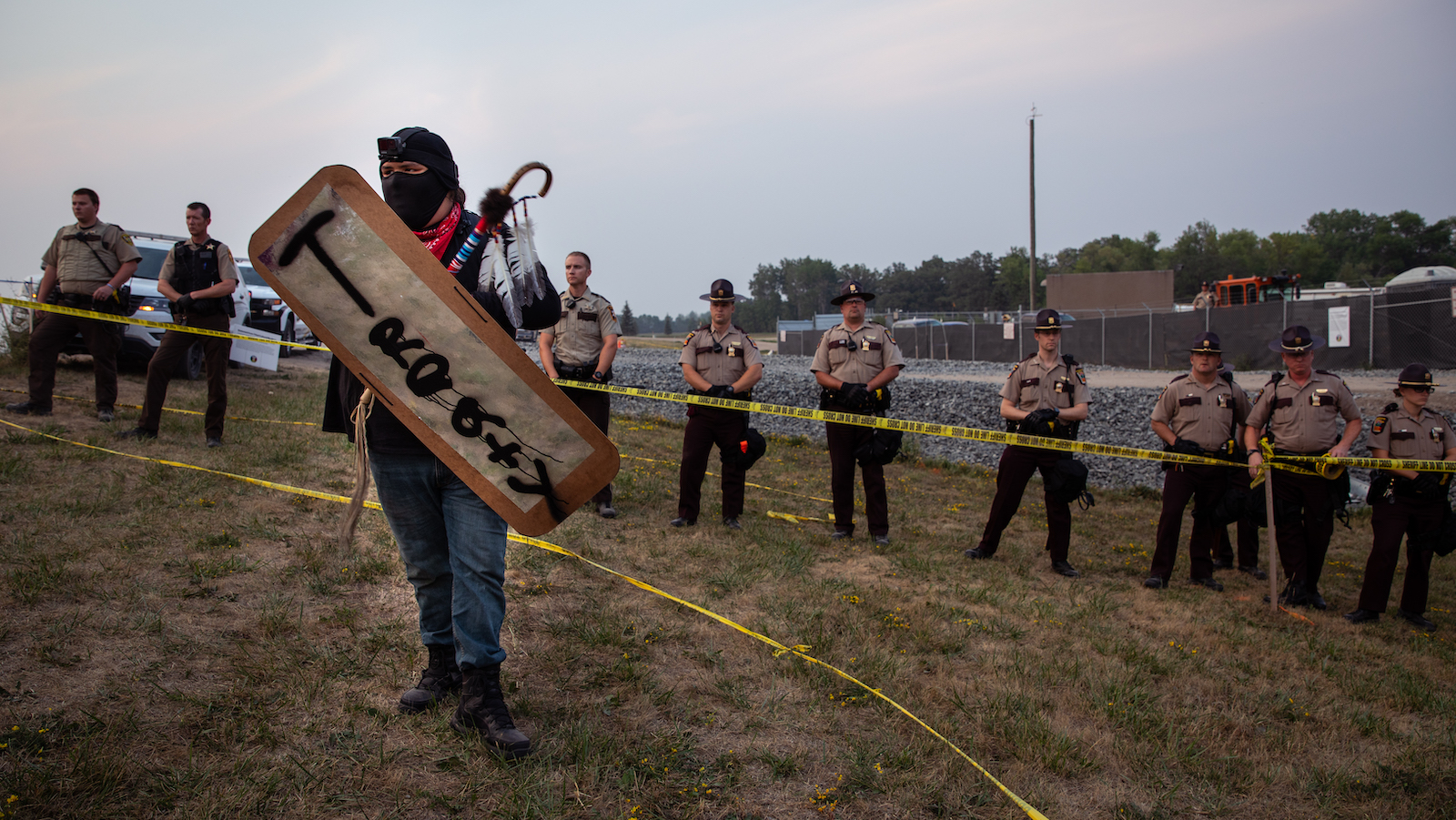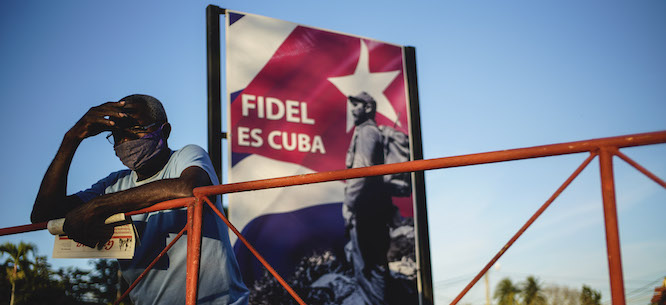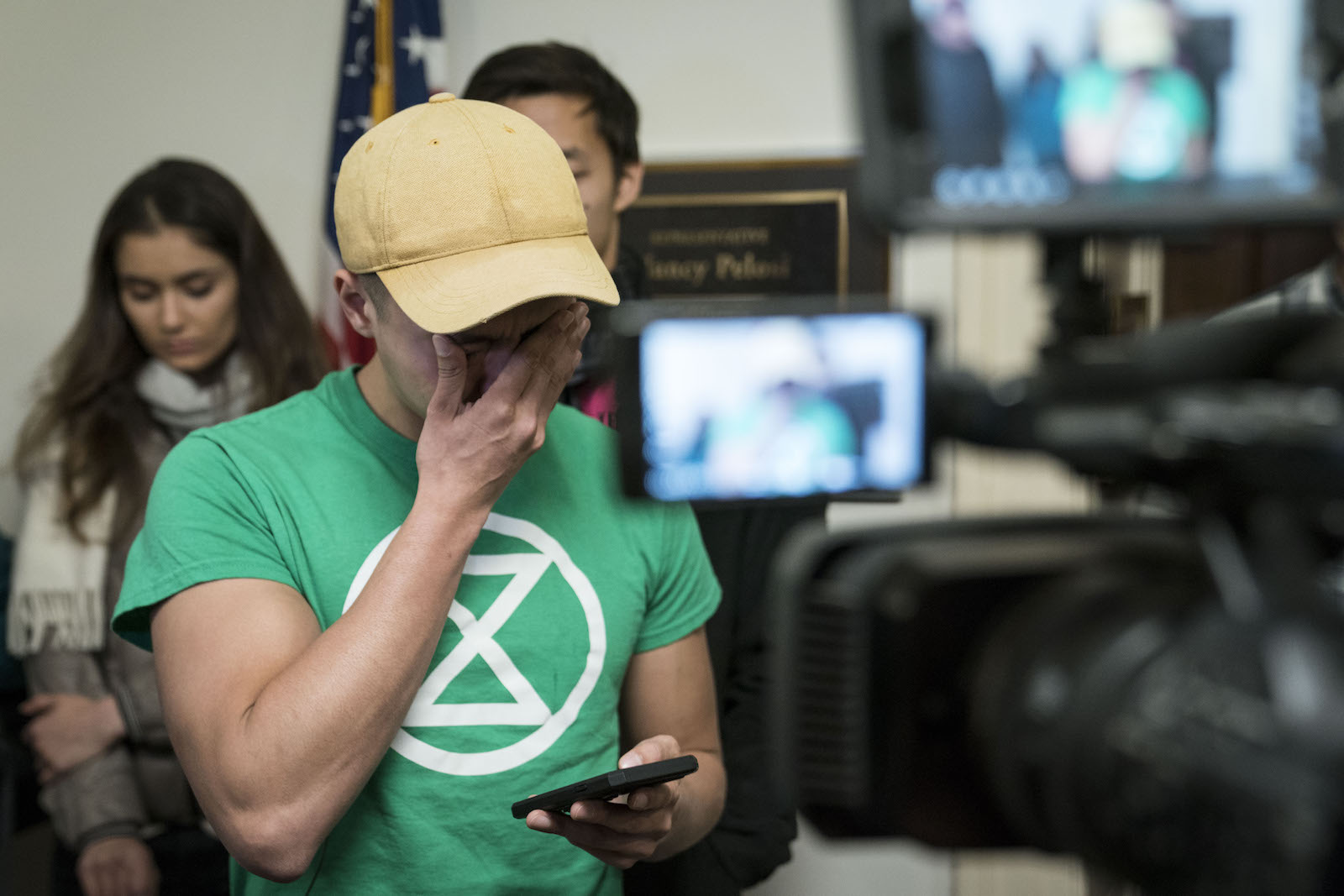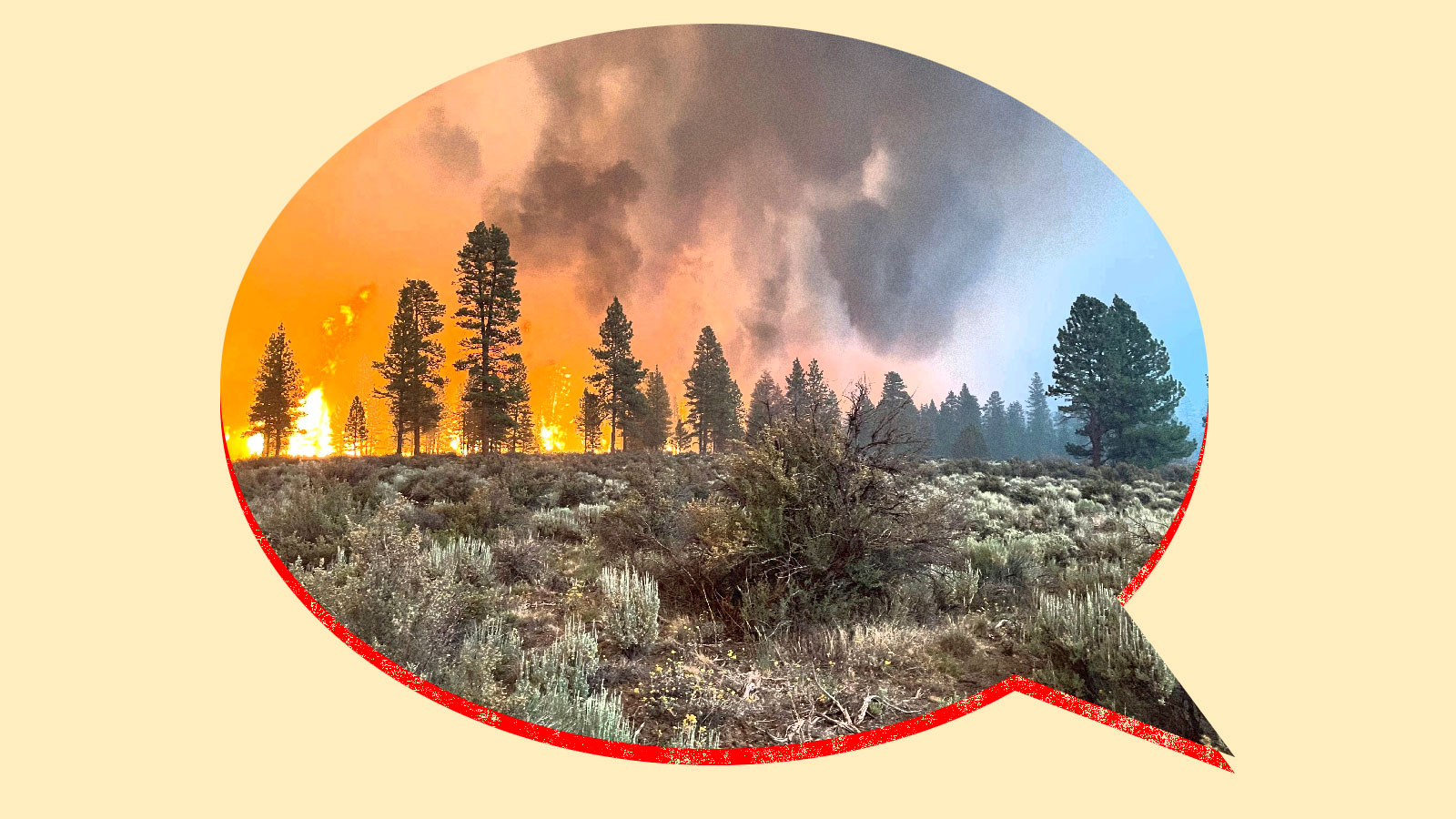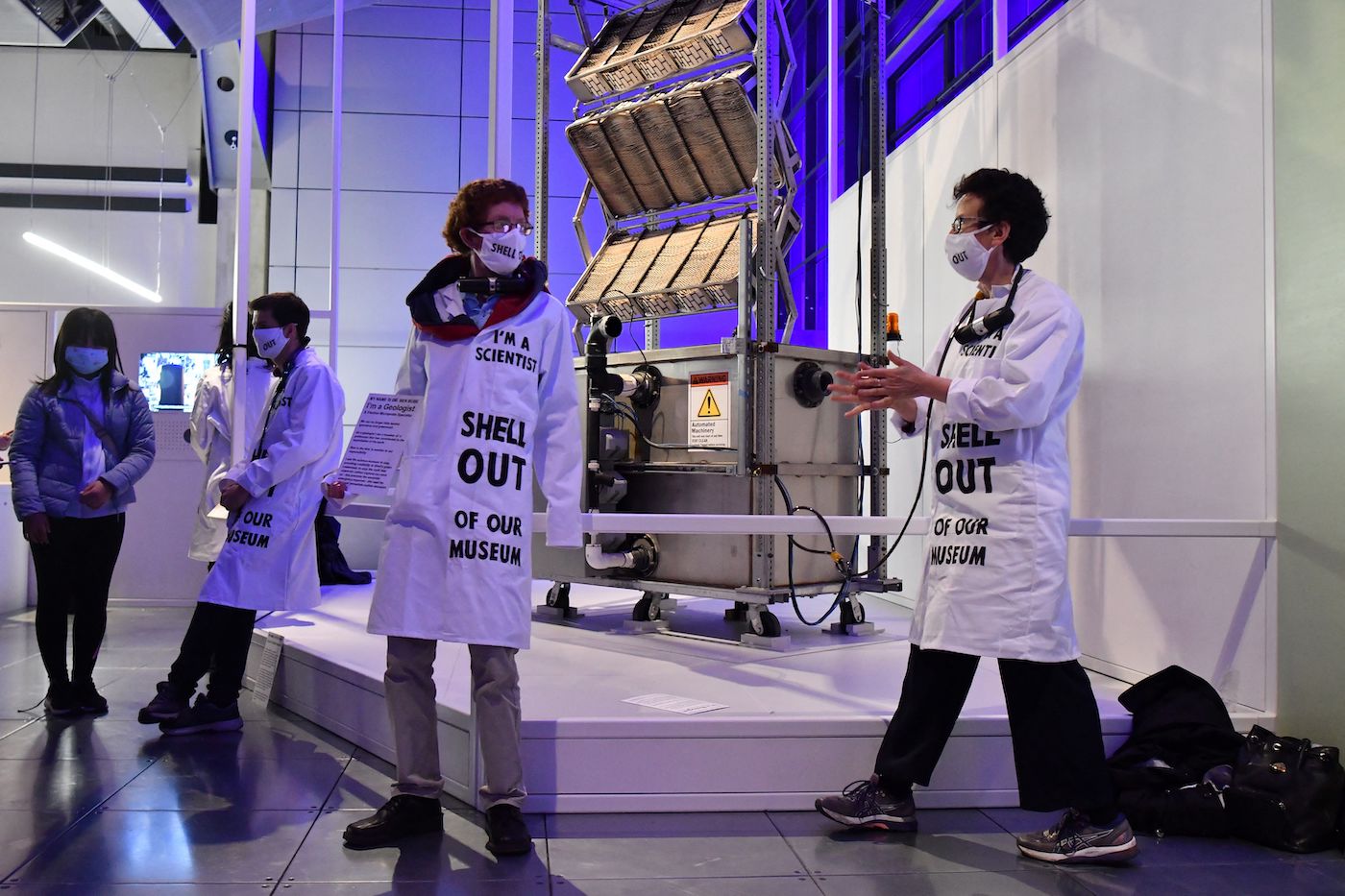
When President Biden first took office, the number of immigrants in federal custody was at a 20-year low. This was an opportunity to roll back the system, but Biden chose to maintain the status quo of previous administrations. Within a couple of months, jail beds started filling up again. In response, a coalition of groups is organizing a “Communities Not Cages” day of action on Thursday, September 23, in over 20 cities across the country to shut down all immigration jails, demand an end to deportations, and release all people currently in immigration custody.
Twenty years ago, with almost no debate, the U.S. became a fortress state focused on limiting the rights of immigrants in the name of national security. In the wake of 9/11, every aspect of the existing immigration enforcement infrastructure expanded, from immigration agents to immigrant jails (euphemistically referred to as “detention centers”) and miles of border wall. Since then, over 5.8 million people have been imprisoned in U.S. immigration jails.
For the past two decades, I’ve been part of campaigns that have exhausted every avenue we could think of to curb the expansion of immigration jails. But instead, policymakers have converted immigrants into numbers and have used quotas to set arbitrary detention and deportation targets, obliterating the value of human life.
Congress and Immigration and Customs Enforcement (ICE) have obsessively implemented quotas to incentivize immigration enforcement. In 2009, Democratic Sen. Robert Byrd of West Virginia inserted a bed mandate into the federal appropriations bill stating that ICE is required to “maintain a level of not less than 33,400 detention beds.”
In recent years ICE has become so fixated on quotas that it has embedded them into contracts even though the overall numbers of immigrants in detention plummeted during the pandemic, which means the federal government was paying for empty beds.
With Joe Biden in office, there’s a growing perception that immigration enforcement is less lethal. But the numbers tell a different story. The number of immigrants jailed by ICE has increased 70 percent since the start of the Biden administration. And we continue to lock up children, nearly 15,000 daily, in large-scale facilities and military bases. These conditions have been exacerbated by the pandemic. ICE has done little to keep COVID-19 at bay, spreading infections not only inside immigration jails, but also in surrounding communities and to other countries through the deportations of thousands of immigrants. Although ICE was forced to release some people during the worst days of the pandemic, they are now beginning to fill immigration jails up again — just as COVID-19 variants continue to take lives.
Now is the moment to intervene and reverse course, before Biden allows the immigration detention system to reach maximum capacity. People navigating their immigration cases should be able to do so with their families and in community — not behind bars in immigration jails. Now is the time to push Biden to turn things around and hold him to his word.
The expansion of immigration detention and the targeting of immigrants reflects the priorities and decisions of both Republican and Democratic administrations, going back over more than 20 years.
The creation of the Department of Homeland Security (DHS) after 9/11 consolidated power across multiple federal agencies and normalized the idea that immigrants are a security threat. The “war on terror” has not only wreaked havoc overseas, but also on immigrant communities across our country and all those seeking asylum at our borders.
As a result, the U.S. has the world’s largest immigration detention system — and the federal government continues to throw billions of dollars at federal agencies and prison profiteers, imperiling hundreds of thousands of immigrants each year.
While the legal groundwork for immigrant exclusion preceded the attacks, 9/11 created the political and institutional will to build up the massive border enforcement and deportation apparatus we have today.
During the Bush administration, the immigration detention system operated much like so-called black sites, with over 350 detention facilities in use, mostly local jails, and little information about how to find immigrants disappeared into these facilities who were being transferred frequently. The Obama administration increased the use of programs like 287g, in which local police act as immigration enforcers, and Secure Communities, where immigration data is shared between law enforcement agencies. By doing so, the Obama administration made the machinery of detention and deportation more effective, helping to earn him the moniker “deporter-in-chief.” Obama also expanded the use of large-scale private prisons and built much of the system that Trump unleashed.
On the campaign trail, President Biden lamented the separation of families by Trump, and committed to “stop corporations from profiteering off of incarceration.” Early on, the administration rolled out reforms to limit deportations and undo Trump’s worst policies. But as the border has become a top news story and an easy target for right-wing attacks, Biden has faltered. Meaningful progress toward dismantling immigration detention has effectively ground to a halt. The continued persistence of immigration detention, despite growing consensus that it’s unnecessary and wasteful, shows how much easier it is to build up and expand the system and infrastructure than to roll it back.
Biden’s early moves on detention and private prisons should not be overlooked. DHS publicly ended contracts at two abysmal jails in Georgia and Massachusetts that had received considerable activist attention. Homeland Security Secretary Alejandro Mayorkas, in a congressional hearing earlier this year, stated there was an “overuse of detention.” And Biden issued an executive order to phase out the Department of Justice’s (DOJ) use of private prisons. But despite those moves, Biden has backtracked. Earlier this summer, the DOJ argued against a California law that would ban private prisons in the state, contradicting his own administration’s stated priorities. Subsequently it was also revealed that a shuttered DOJ private prison in Pennsylvania will be converted into a new ICE jail, raising questions about the administration’s commitment to downsizing ICE’s footprint.
We know that the policy decisions made in the wake of 9/11 led to unimaginable suffering both in the U.S. and abroad. Swift and substantive reforms to end the immigration detention system in its entirety are necessary to begin to reverse the demonization of immigrants and ensure that another anti-immigrant administration won’t be able to undo the changes in the future.
Now is the time for Congress to drastically reduce ICE’s budget and release people from detention. 9/11 provided cover for the expansion of the immigration enforcement apparatus. Biden has the opportunity to begin to dismantle it. To do so, he must end immigration detention.
This post was originally published on Latest – Truthout.
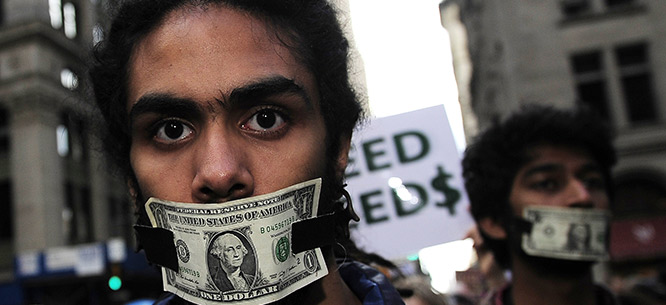





 (@baratheongirl)
(@baratheongirl)  UN Human Rights expert
UN Human Rights expert  Rising energy bills and food costs
Rising energy bills and food costs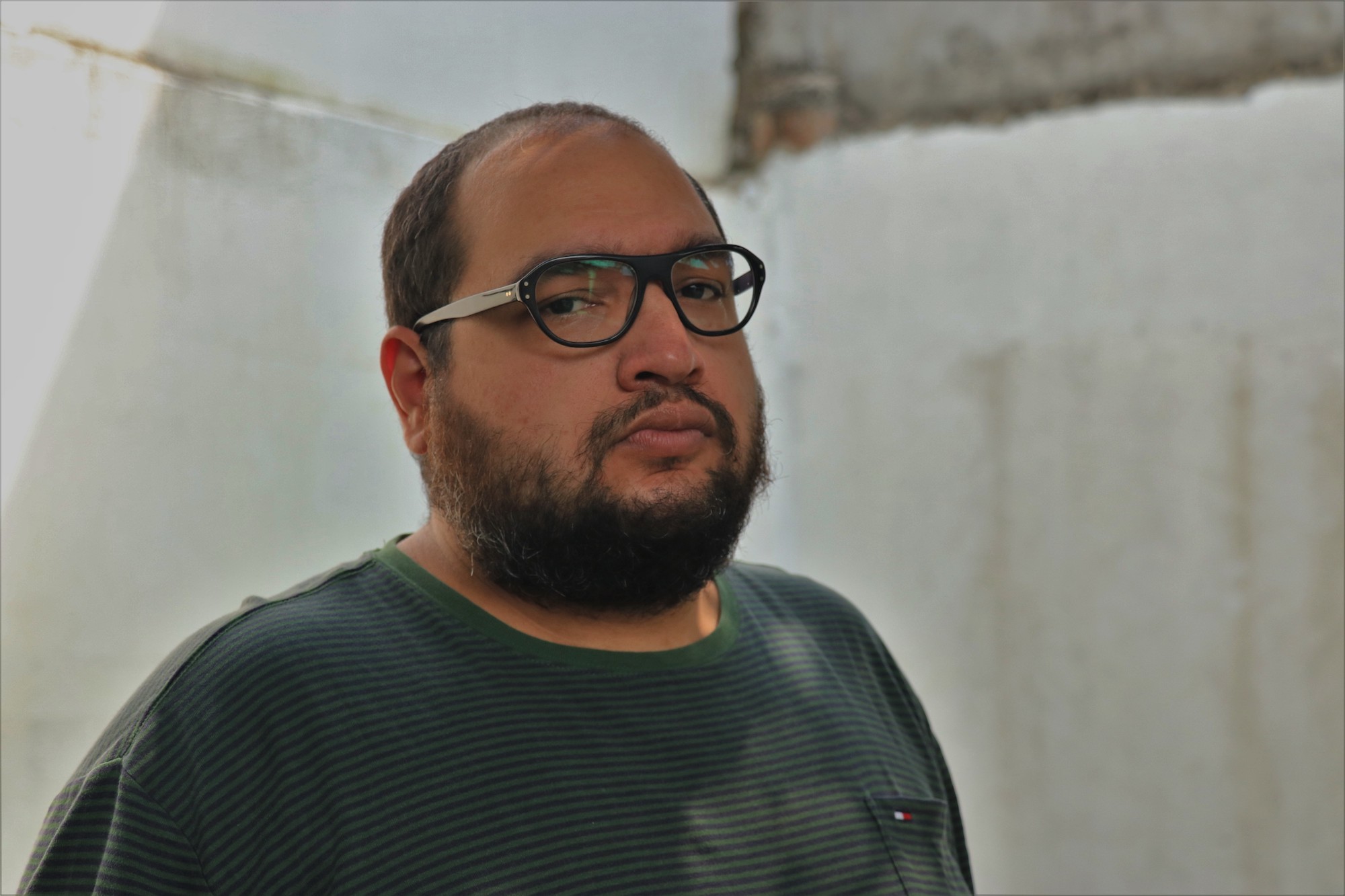
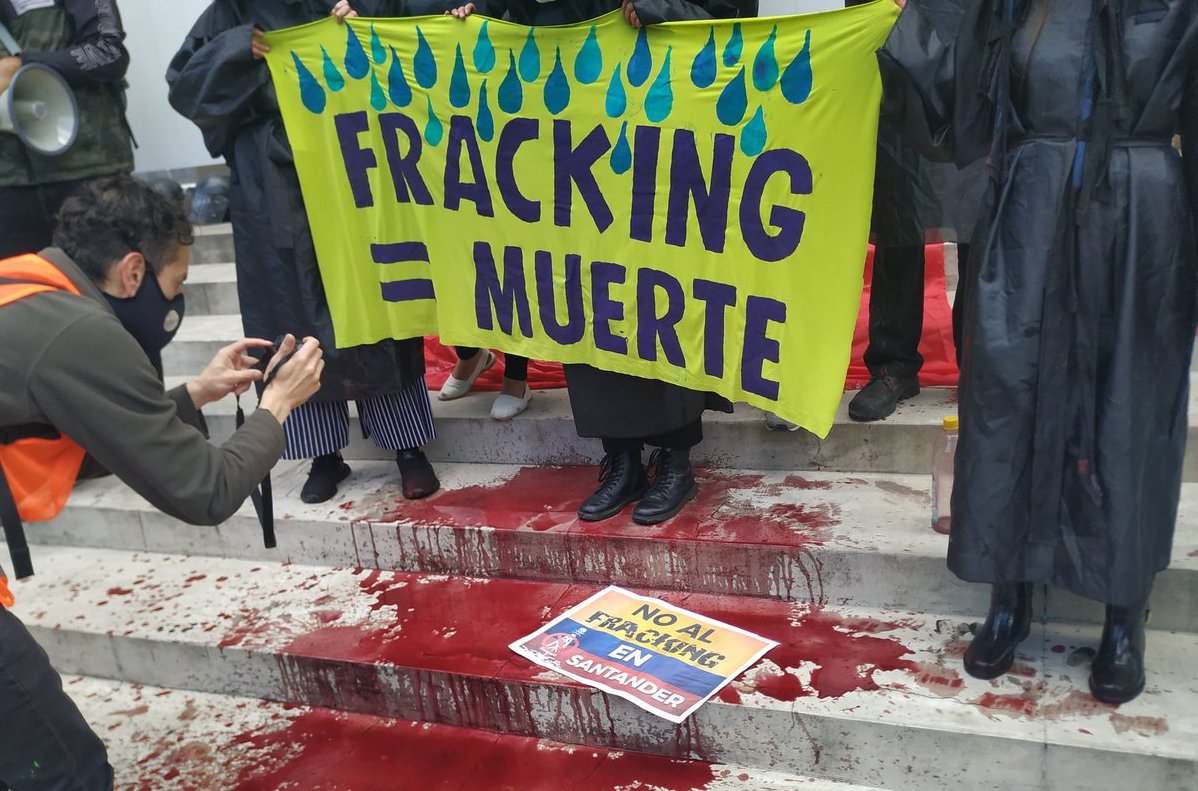
 Breaking
Breaking 
 of actions & events
of actions & events
 love this poster
love this poster 

 Bomb Boutique, 50 Brook Street W1K 5DR
Bomb Boutique, 50 Brook Street W1K 5DR










 (@DPACSheffield)
(@DPACSheffield) 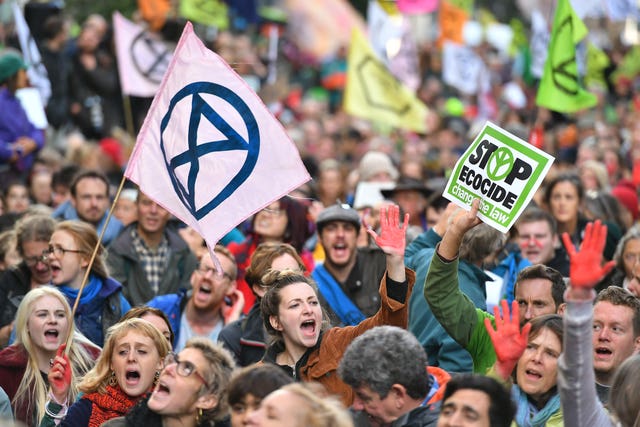
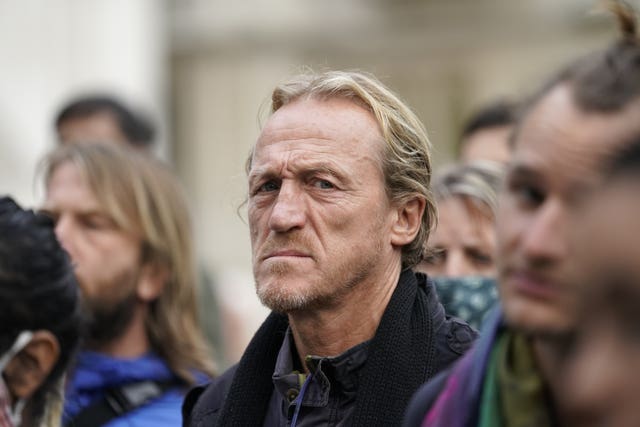
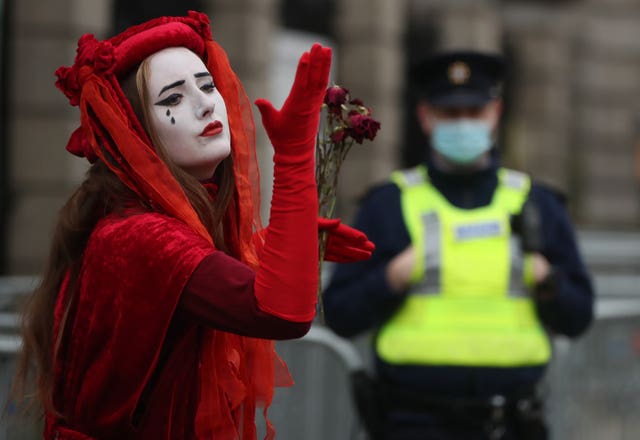
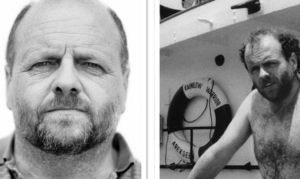
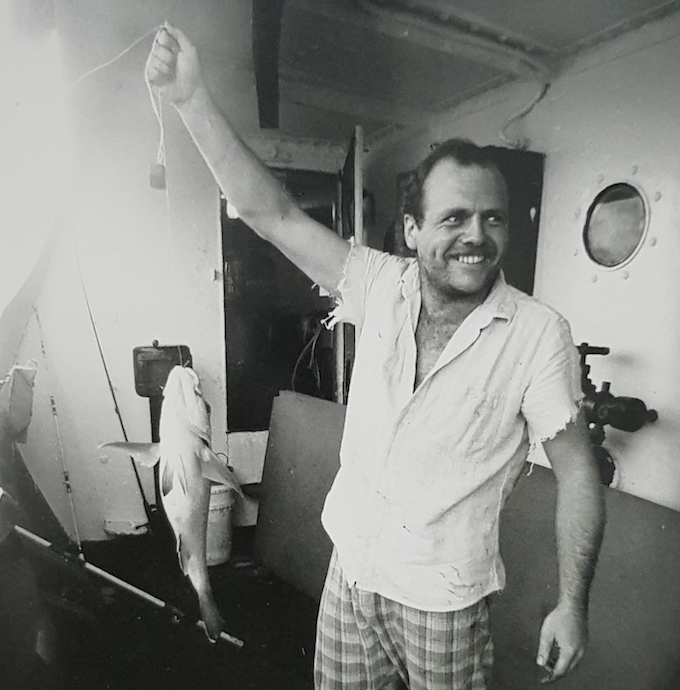

 Saturday, 21st August, 1pm
Saturday, 21st August, 1pm Parliament Square
Parliament Square 